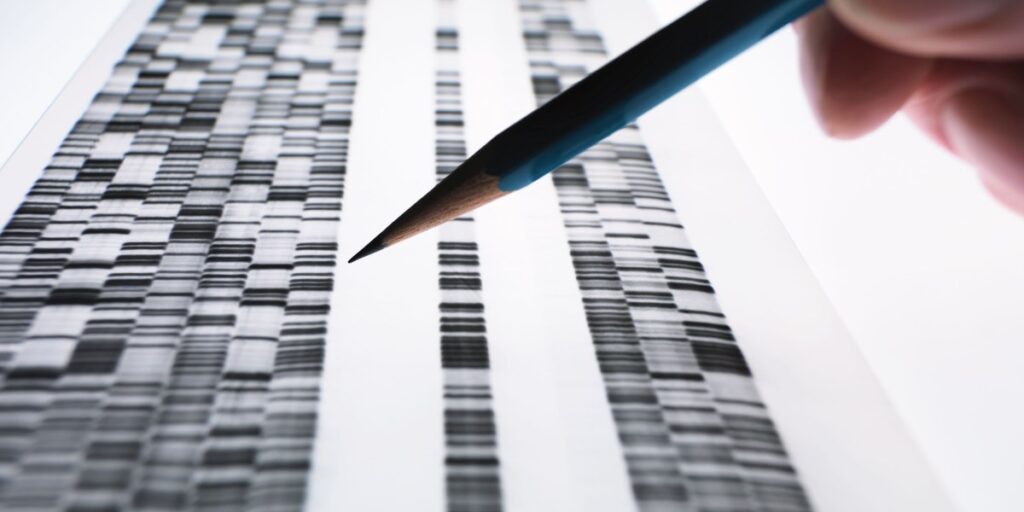This process, called forensic investigative genetic genealogy, or FIGG, has since helped solve hundreds of murders and sexual assaults. Still, while the technology is potent, it’s incompletely realized. It operates via a mishmash of private labs and unregulated websites, like FamilyTree, which give users a choice to opt into or out of police searches. The number of profiles available for search by police hovers around 1.5 million, not yet enough to find matches in all cases.
To do my bit to increase those numbers, I traveled to Springfield, Massachusetts.
The staff of the local district attorney, Anthony D. Gulluni, was giving away free FamilyTree tests at a minor-league hockey game in an effort to widen its DNA net and help solve several cold-case murders. After glancing over a consent form, I spit into a tube and handed it back. According to the promotional material from Gulluni’s office, I’d “become a hero.”
But I wasn’t really driven by some urge to capture distantly related serial killers. Rather, my spit had a less gallant and more quarrelsome motive: to troll privacy advocates whose fears around DNA I think are overblown and unhelpful. By giving up my saliva for inspection, I was going against the view that a person’s DNA is the individualized, sacred text that privacy advocates sometimes claim.
Indeed, the only reason FIGG works is that relatives share DNA: You share about 50% with a parent, 25% with a grandparent, about 12.5% with a first cousin, and so on. When I got my FamilyTree report back, my DNA had “matched” with 3,309 people.
Some people are frightened by FIGG or reject its punitive aims. One European genealogist I know says her DNA is kept private because she opposes the death penalty and doesn’t want to risk aiding US authorities in cases where lethal injection might be applied. But if enough people share their DNA, conscientious objectors won’t matter. Scientists estimate that a database including 2% of the US population, or 6 million people, could identify the source of nearly any crime-scene DNA, given how many distant relatives each of us has.


